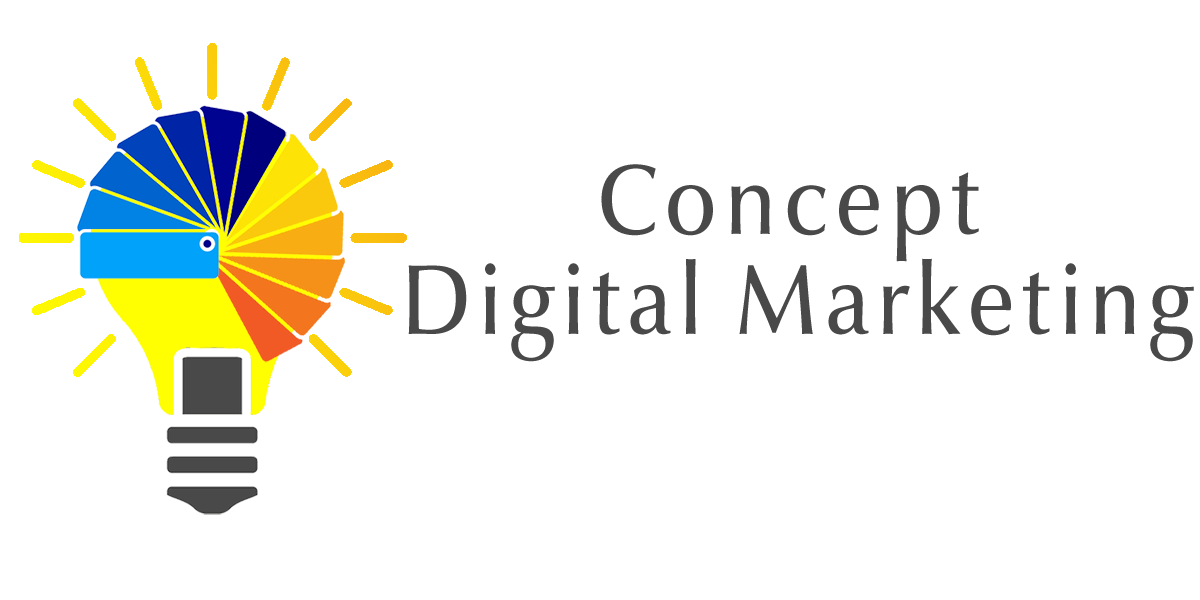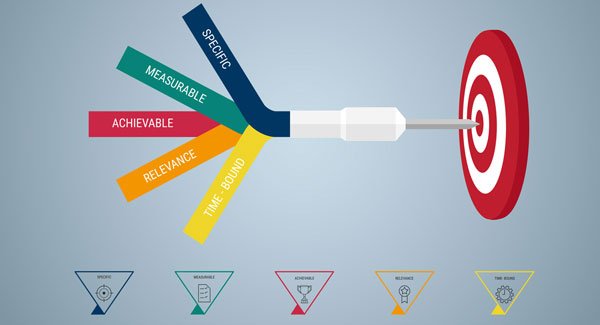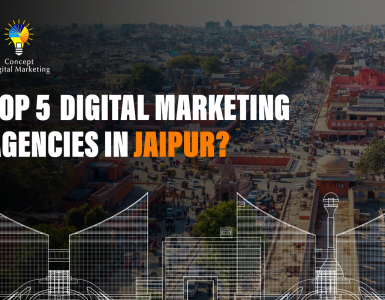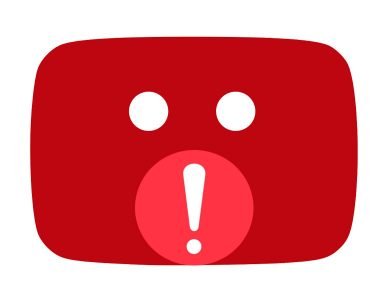For marketing success, you should have SMART objectives here SMART stands for
S => Specific
M => Measurable
A => Agreed
R => Realistic
T => Timed
Smart objectives make sure the higher success of your business
If you don’t have clear goals, how would you know the followings
A. Know what needs to be done?
B. Know how much improvement is required?
C. Know when results are required?
D. Ensure a collective and motivated effort?
Here we will learn the SMART Objectives elements, how you can define them.
Specific
Take a pen & a paper and write down clear goals. It can be like a short term and long term goal.
Short term objectives can be for a month, quarter, and a year, whereas long term objectives can be for five years, ten years, or 20 years.
To have a specific goal, you need to consider the WHAT, WHERE, WHEN, WHO, AND WHY. These five Ws will give you more clarity in your goal and helps you to specify your objective.
Considering digital marketing, these can be Views, Leads, or prospects or can be converted.
Example of specific objectives
An IT company which is service ERP solutions have two types of it are
A. Customized services and
B. Ready to use products
For ready to use solutions company wants to create awareness among the target audiences, whereas leads for customized services.
However, many factors play essential roles, but you should make your objectives specific considering your existing environmental and industrial elements.
More you should be specific for your target audience like who, the location where offerings what, and why so that you can identify the S elements of your smart objectives.
Measurable
Your goal should be measurable, like you can either count them or have any other quantifiable unit to identify your goal. These can be the number of users on your site or a specific page and conversion on your website or of any other campaign
If you are a blogger, then you would be more interested in traffic or the number of users, and if you have any ECommerce website, than you would be more interested in conversion to increase revenue for your business.
As we know, there are a lot of ways to identify the source and medium to measure the effectiveness of your campaigns. we will discuss the same in different blog
So your goal or objective must be measurable
Specific goal examples in Digital marketing
Example:-1
If your current traffic on your site is 10,000 people per month and last month it is growing with 20%, then you should have 22000 traffic in this month (Note: also consider the external and internal factors)
Example: -2
If your revenue generation this month is $20,000.00 and you want to have observed it is growing with 5% historically, then you should try to make it 8% to 10% more conversion.
Agreed or Attainable/Achievable
Now, as you have found, your goal is specific and measurable. Now the point is your goal must be attainable here; it means a lot, and it highly depends on external and internal environments. the external environment can be divided in Macro Environment and Micro Environment which we will discuss in a different article
Macro environmental factors can be Demographic, economical, Political, Social & Cultural, and Technological
Micro Environment can be Suppliers, Resellers, Public, Competitors, and Customers.
Internal Environment can be Machinery, Assets, Employees, Company Policies, and Company procedures.
Now you should consider these environments and make your goal achievable.
Case in Digital Marketing
Now you find that the government of India has made strict laws regarding traffic rules where people have to pay a hefty penalty on fault. So the general insurance company which provides two-wheelers and four-wheelers insurance see the high growth. The company should increase the revenue generation target considering internal strength and start PPC campaigns to ask people for insurances and also ask the content writer to write more information about the policy changes, benefits, harms, and more and promote them on social media.
Now you can expect multifold growth in your existing revenue.
If your industry growth is 20%, then you can go to 20% to 25%, considering internal and external environmental conditions. It should be feasible.
Realistic
Realistic stand, your objectives must be relevant to your end goal. Here in Digital, if your end goal is to outreach 100,000 people traffic on your site, then you should make your strategies or run campaigns considering the users on your website choose only ways that help you to grow users on your website.
Your goal must be aligned with your strategy. In PPC, you can’t go for a lead generation campaign. You should follow the Google display network campaigns and awareness campaigns. Your content writer must write the content, which can be a useful information source for your subscribers or site visitors attract him to visit again on your website.
Timed
Your objectives must have a time span. As we have discussed above, your goal can be short term and long term, so you need to keep the specific time frame to achieve any goal. Better you specify the date on which you review the objectives and strategies which work a lot for you and which are not.
Beneficial campaigns replicate, whereas nonbeneficial should not go forward.
If you target 15% growth in revenue generated online, then you should keep the time frame can be a month, quarter, and year. Most of the time, monthly targets can be easy to handle in digital marketing.
If you say you want to achieve 10% but don’t specify the time, your goal will be ambiguous.















Add comment